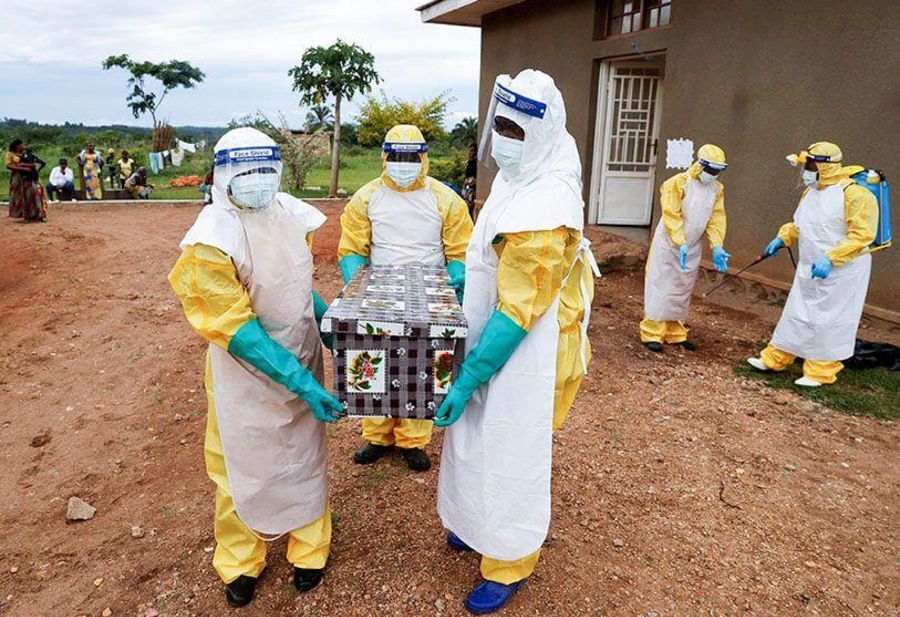
The symptoms of the Ebola virus include lack of appetite, weakness, sore throat, abdominal pain, muscle and joint pain, headache, and fever.
On 1 June, the Government of the Democratic Republic of the Congo declared that a new outbreak of Ebola virus disease (EVD) is spreading in Wangata Health Zone, near Mbandaka, in Équateur province of DRC. The government has reported six cases since May 18, including four deaths. Three out of six cases have been laboratory confirmed, and for secondary confirmation, the samples are being sent to Kinshasa. The announcement comes as a complex and difficult Ebola outbreak in the Eastern DRC.
The country also suffers from the novel coronavirus (COVID-19 pandemic) and the world's major measles outbreak. Out of six two are alive and under care, and four have died. It is expected that more individuals will be identified with the EVD as surveillance activities increase. The disease is back in the spotlight as being detected in the northwest DRC. Currently, the world is facing health emergency amid the global pandemic (COVID-19) which has infected more than 6.26 million individuals around the world and has killed more than 375,513 people across the globe. However, the World Health Organization (WHO) has also confirmed that the new outbreak in Wangata Health Zone, DRC.
In 1976, the Ebola virus was first discovered in the DRC and since then it is the 11th Ebola outbreak in the country. Scientists do not know where the Ebola virus comes from. However, they believe the Ebola virus came from the animal. The most expected sources are non-human primates or bats, as per the Centers for Disease Control and Prevention (CDC). The symptoms of the Ebola virus include lack of appetite, weakness, sore throat, abdominal pain, muscle and joint pain, headache, and fever. On December 19, 2019, the United States Food and Drug Administration (FDA) has approved the Ebola vaccine named rVSV-ZEBOV.






